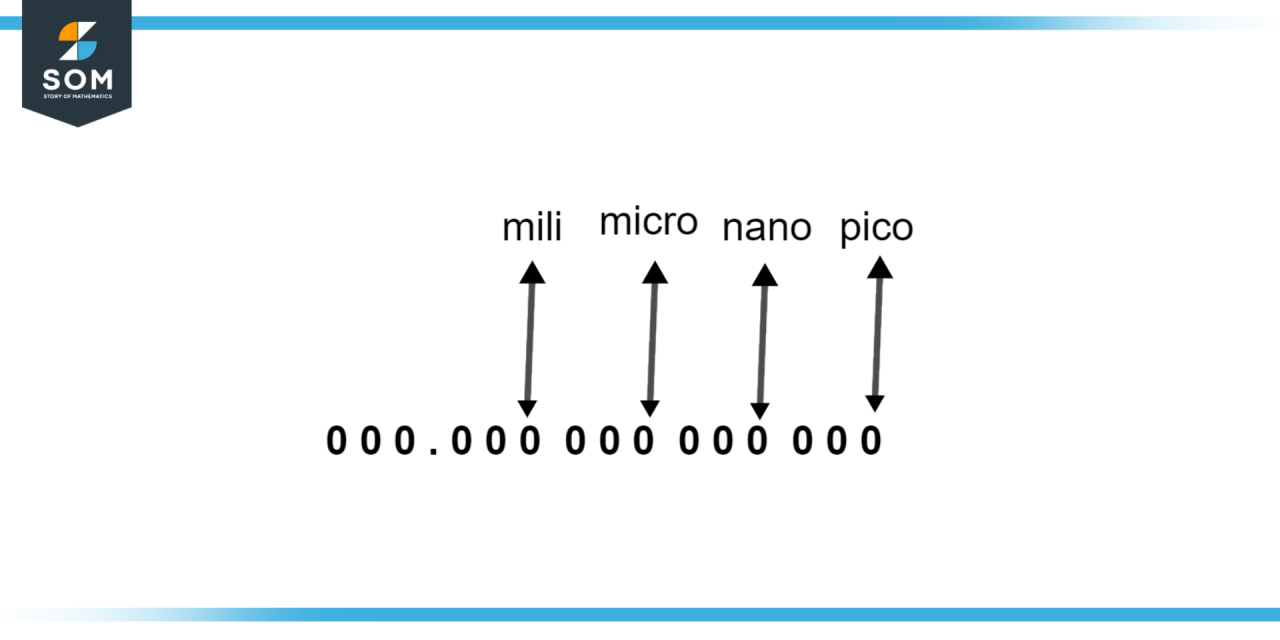
Micro meaning, an essential aspect of linguistics, delves into the subtle nuances of language, offering a deeper understanding of the intricacies of communication. Unlike macro meaning, which focuses on the overall message, micro meaning examines the smallest units of meaning within a text, revealing the hidden layers of significance.
Understanding micro meaning is crucial for effective communication, as it allows us to grasp the intended message and interpret the true intent behind words.
Micro Meaning

In linguistics, micro meaning refers to the smallest unit of meaning in a language, such as a word or a morpheme. It is the literal, denotative meaning of a word, as opposed to its broader, connotative meaning (macro meaning).
Levels of Meaning
Micro meaning is one of several levels of meaning in language. Other levels include:
- Phonetic meaning:The meaning conveyed by the sounds of words.
- Semantic meaning:The meaning conveyed by the words themselves.
- Syntactic meaning:The meaning conveyed by the way words are arranged in sentences.
- Pragmatic meaning:The meaning conveyed by the context in which words are used.
Micro meaning is the foundation of all other levels of meaning. It is the building block from which more complex meanings are constructed.
Techniques for Analyzing Micro Meaning
There are a number of techniques that can be used to analyze micro meaning in written text. These include:
- Morphological analysis:Breaking words down into their component morphemes.
- Semantic analysis:Identifying the meaning of words and phrases.
- Syntactic analysis:Analyzing the way words are arranged in sentences.
- Pragmatic analysis:Considering the context in which words are used.
These techniques can be used to gain a deeper understanding of the meaning of a text and to identify the author’s intended message.
Applications of Micro Meaning Analysis
Micro meaning analysis has a wide range of applications in fields such as linguistics, literature, and communication. It can be used to:
- Identify the meaning of unknown words and phrases.
- Understand the nuances of language.
- Analyze the structure of texts.
- Interpret the author’s intended message.
- Improve communication skills.
Micro meaning analysis is an essential tool for anyone who wants to understand the meaning of language.
Limitations of Micro Meaning Analysis
While micro meaning analysis is a powerful tool, it also has some limitations. These include:
- It can be time-consuming.Analyzing the micro meaning of a text can be a slow and tedious process.
- It can be difficult to identify the author’s intended meaning.The meaning of a text is often ambiguous, and it can be difficult to determine what the author meant to say.
- It can be influenced by the analyst’s own biases.The analyst’s own beliefs and experiences can influence the way they interpret the meaning of a text.
Despite these limitations, micro meaning analysis is a valuable tool for understanding the meaning of language. It can help us to identify the meaning of unknown words and phrases, understand the nuances of language, and analyze the structure of texts.
Wrap-Up: Micro Meaning

In conclusion, micro meaning analysis is a valuable tool for enhancing our comprehension and interpretation of language. By delving into the intricate layers of meaning, we gain a deeper appreciation for the power of words and the nuances that shape our communication.
Query Resolution
What is the difference between micro meaning and macro meaning?
Micro meaning focuses on the smallest units of meaning within a text, while macro meaning examines the overall message.
How can micro meaning analysis enhance our understanding of a text?
By analyzing micro meaning, we can uncover hidden layers of significance and gain a deeper appreciation for the intended message.




